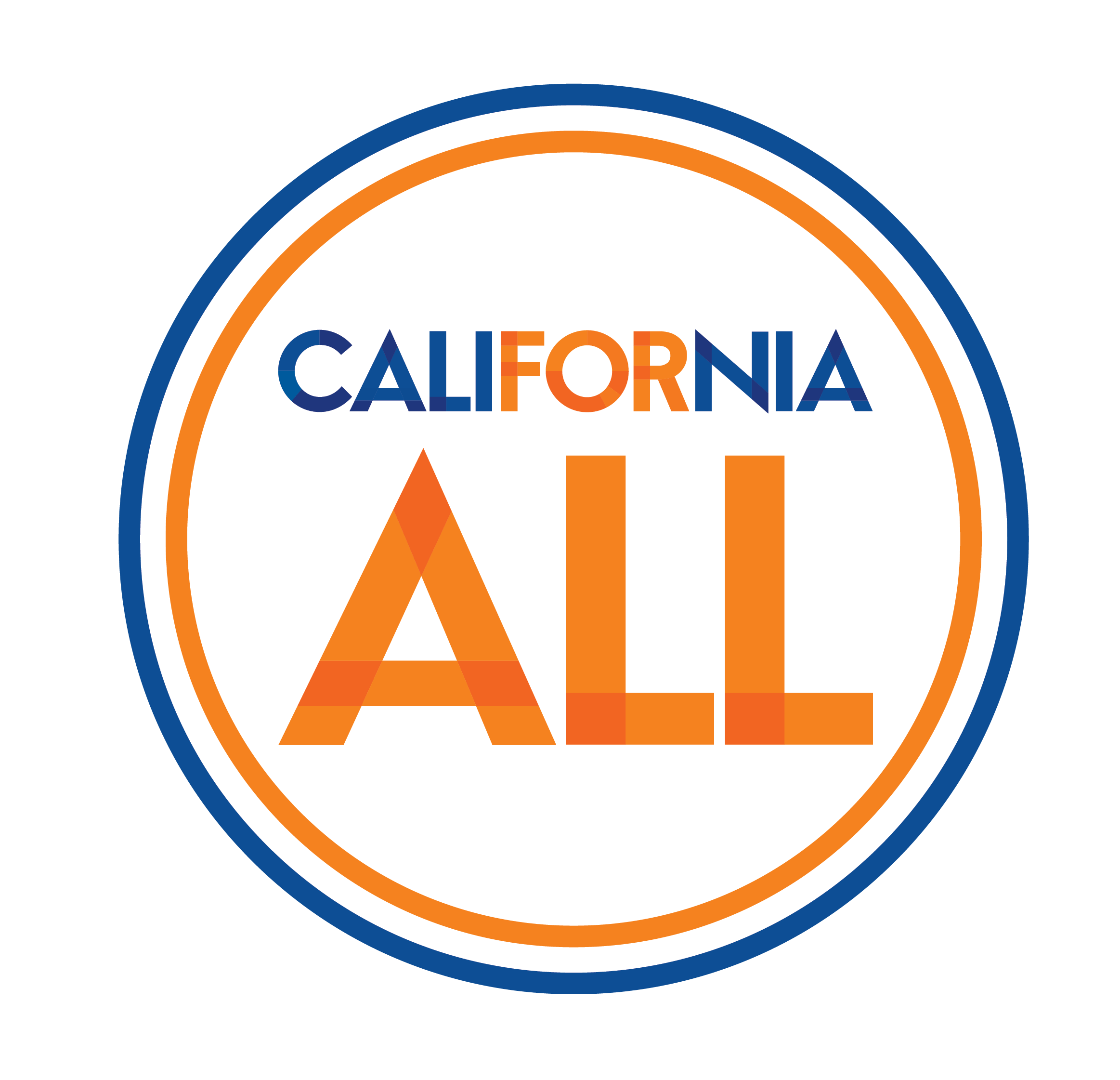-
The California Master Plan for Aging launched and implementation activities immediately followed.
-
Governor Gavin Newsom signed Executive Order N-14-19 calling for the development of the California Master Plan for Aging.
-
The California Aging and Disability Alliance (CADA), formerly referred to as the LTSS Exploratory Coalition, began meeting and incorporated a year later.
-
-
Administration for Community Living (ACL) Caregiver Task Force on Family Caregiving established.
-
Reframing Aging Initiative and Reframing Elder Abuse initiatives launched.
-
AARP’s California Livable Communities Program initiated.
-
Senate Select Committee on Aging and Long-Term Care established.
-
-
Administration for Community Living (ACL) created.
California’s Coordinated Care Initiative (CCI) established.
-
California State Plan for Alzheimer’s Disease released.
-
The Patient Protection and Affordable Care Act signed into law.
Department of Aging Facebook
department of aging twitter
navigate to linkin login
department of aging youtube channed
.png)
